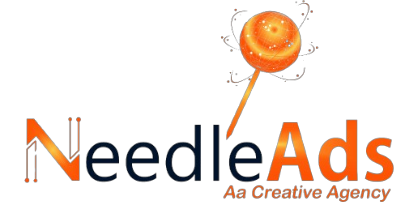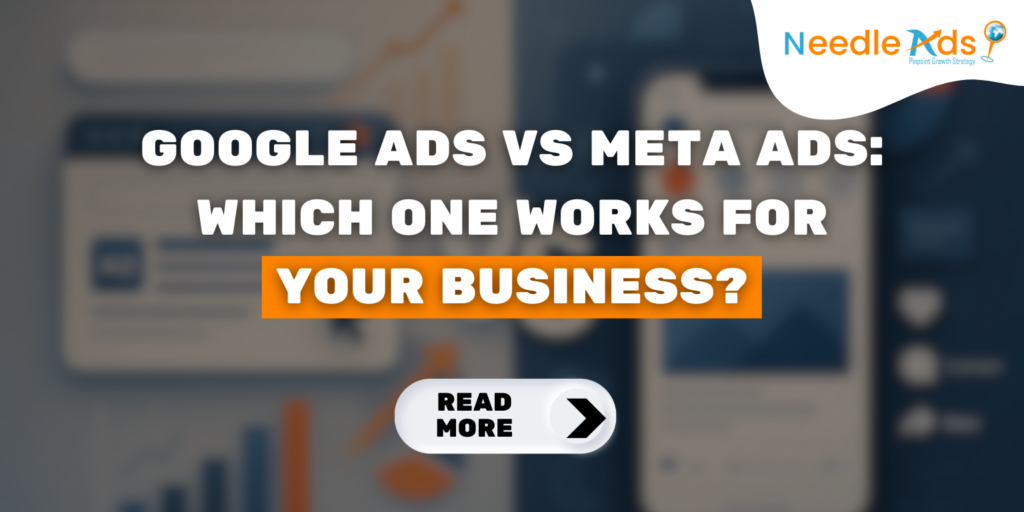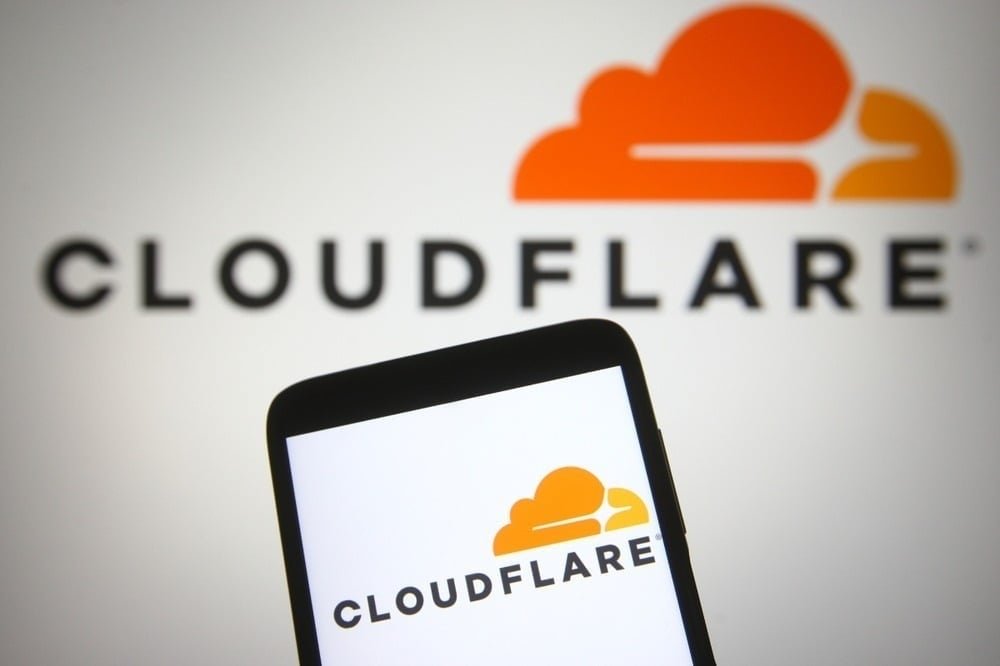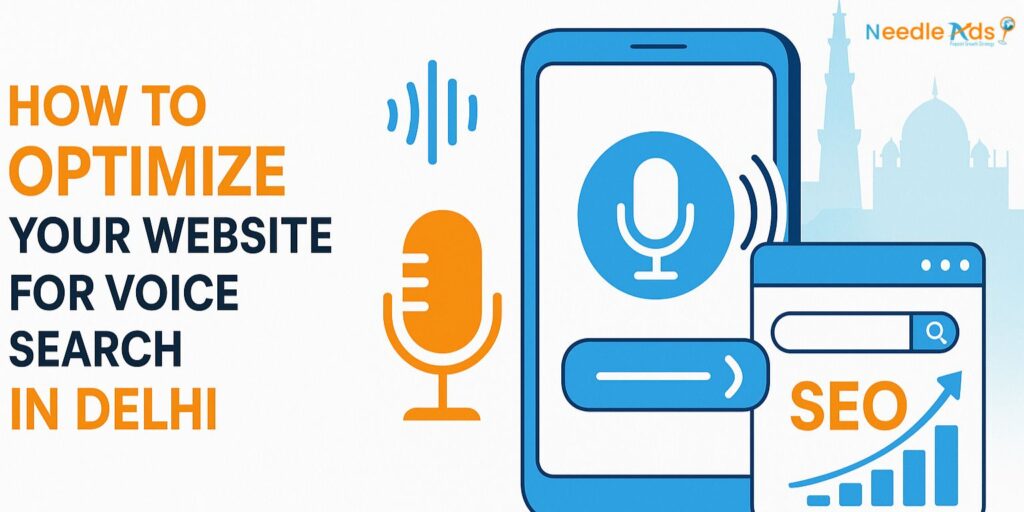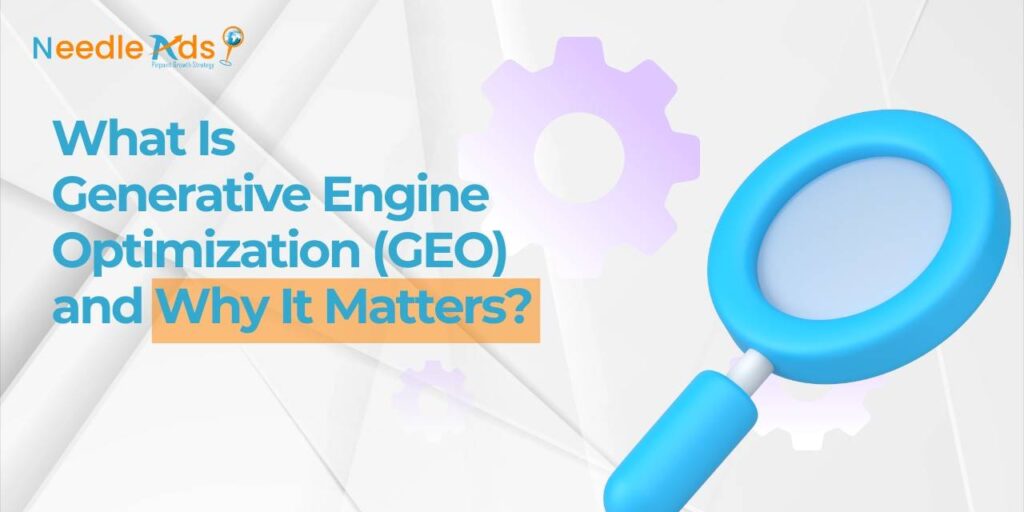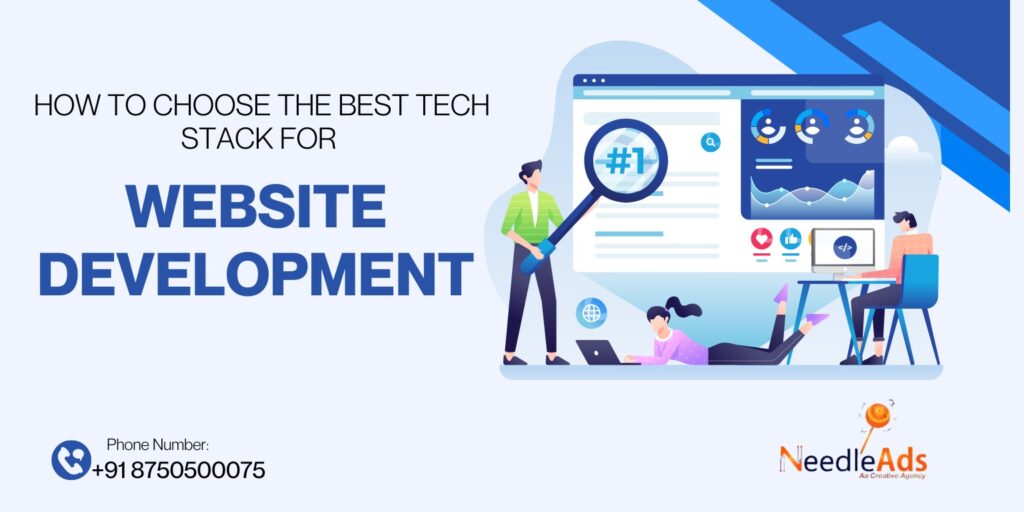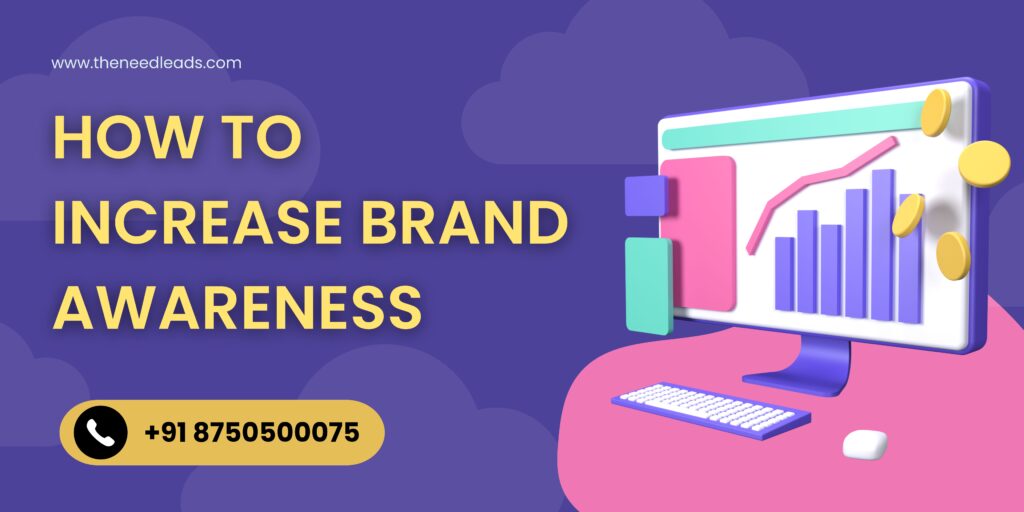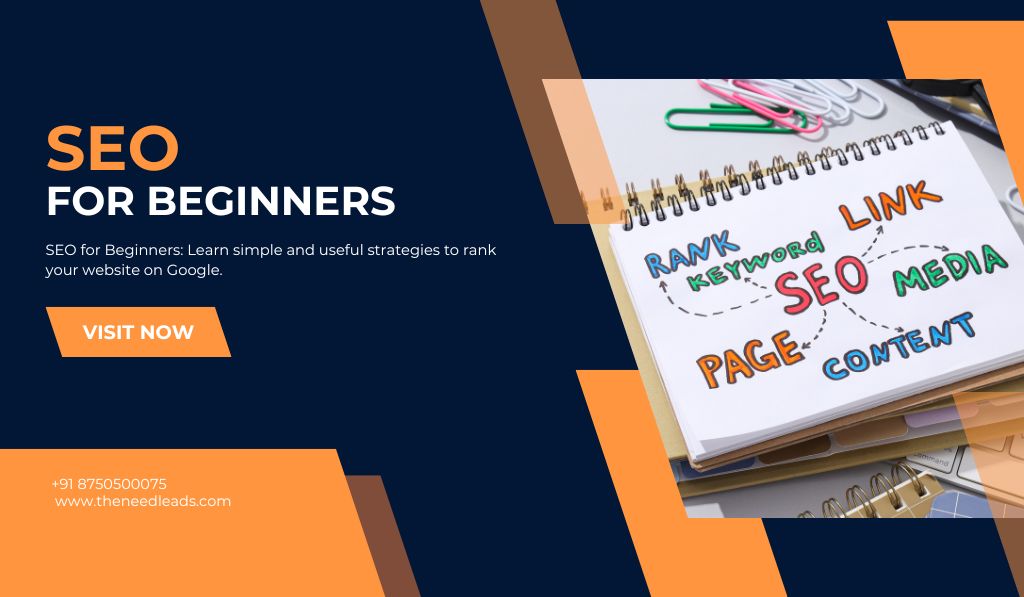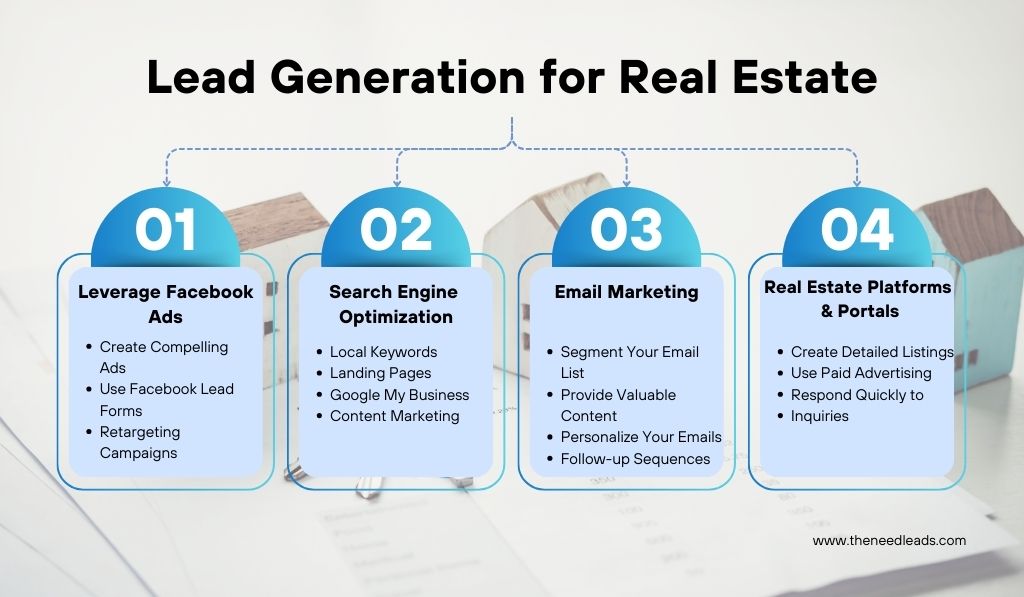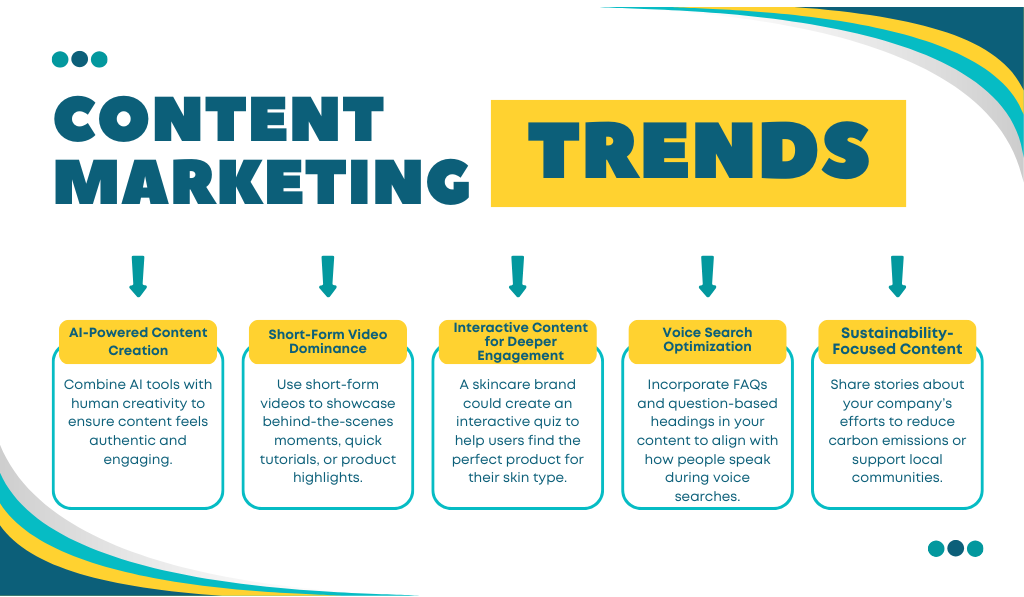In today’s fast-paced digital world, businesses are continually seeking the most effective way to market themselves online. In terms of paid advertising, Google Ads and Meta Ads, which include Facebook, Instagram, and Messenger, represent the top contenders. Each platform has unique strengths, and deciding which is best for your business can be challenging. This comprehensive guide will help you evaluate Google Ads vs Meta Ads, considering their effectiveness for different industries, their targeting capabilities, costs, and ROI.
Introduction
Both Google Ads and Meta Ads offer opportunities for businesses to expand their reach, generate leads, and drive conversions. However, the approach and mechanics of each platform are different, which makes it crucial to understand the Google Ads vs Meta Ads debate in detail. The decision ultimately depends on factors like your business goals, target audience, and budget.
Our goal in this article is to compare Google Ads vs Meta Ads and explain how each works. We’ll also discuss the best strategies for Google Ads for businesses, Meta Ads for eCommerce, cost considerations, and much more to guide your decision making in choosing the right advertising platform.
For more detailed insights on these platforms, make sure to check out our in-depth blog post on Google Ads vs Meta Ads.
What is Google Ads?
The Google Ads program allows advertisers to display their ads on Google’s search results pages, YouTube videos, and across Google’s partner sites. Pay-per-click (PPC) models allow businesses to simply pay when their ads are clicked.
Google Ads is particularly effective for companies aiming to target intent-based traffic. This means the platform reaches users who are actively searching for certain products, services, or information. The underlying search intent plays a crucial role in how these ads are served to users.
What is Meta Ads?
Meta Ads refers to the advertising network used across platforms like Facebook, Instagram, Messenger, and Audience Network. Unlike Google Ads, which targets users based on their search queries, Meta Ads relies on detailed audience targeting through user behavior, interests, and demographics. As a result of Meta Ads’ flexible campaign pricing, campaigns can be priced based on cost-per-impression (CPMs) or cost-per-click (CPCs).
Meta Ads is more visual and emotional, aiming to build brand awareness, engage users, and drive sales through creative formats. Whether you’re running a Facebook ad campaign or an Instagram ad, the focus is on delivering visually compelling ads to users as they scroll through their feeds.
Google Ads vs Meta Ads: Key Differences
Targeting:
Google Ads: Uses keyword targeting, meaning ads are displayed when users search for specific terms. This is ideal for businesses with a product or service that aligns with user search intent.
Meta Ads: Targets audiences based on demographics, interest, behavior, and custom data. This is perfect for businesses aiming to target users based on their browsing behavior and social interactions.
Cost Comparison:
Google Ads: Typically, Google Ads has a higher cost per click (CPC), particularly in competitive industries. However, it tends to result in higher-quality leads because users are actively searching for a solution.
Meta Ads: Meta Ads generally offer a lower CPC and better cost-efficiency, especially for brand awareness and engagement campaigns. Leads generated this way may be lower-intent, however, since users may not be actively searching.
Return on Investment (ROI):
Google Ads: Offers businesses a higher return on investment for the conversion of search intent into actions. For example, businesses with high conversion rates from Google search can see a significant return on their spend.
Meta Ads: Offers a lower ROI on average due to the less direct nature of engagement. However, its strength lies in building long-term brand awareness and nurturing potential leads through retargeting.
Lead Generation:
Google Ads: Effective for generating leads when users search for specific services, such as Google Ads for business or Google Ads for eCommerce. The conversion rate tends to be higher, as users already express interest.
Meta Ads: Lead generation on Meta Ads works best through engaging content and personalized messages. It’s highly effective for businesses targeting niche markets and using highly tailored creative campaigns.
Platform-Specific Benefits:
Google Ads: Best for businesses with high search volume or those in industries where users make decisions based on search intent local services, e-commerce, and legal services.
Meta Ads: In industries dominated by visual appeal, like fashion, beauty, food, and lifestyle, this is a great tool. It is also an excellent choice for small businesses aiming to build a presence with targeted, low-cost campaigns.
Best Online Advertising Platform:
Google AdWords and Meta Ads are both good online advertising platforms, depending on what you want to accomplish. For example, Google Ads may be better suited for lead generation and eCommerce, while Meta Ads excels at building brand awareness and audience engagement.
Google Ads vs Facebook Ads
There are major differences between Google Ads and Facebook Ads: Google Ads target users according to their search queries, while Facebook Ads (under Meta Ads) target users according to their users’ interests, demographics, and behaviors are taken into consideration to determine interests.
Google Ads might work better for businesses with high search intent (such as legal services or immediate needs like home repairs), whereas Facebook Ads are better for brand awareness and engaging users on a more emotional level. Google Ads is a great choice if you want to target users who are actively looking for a particular service. If you want to build a broader, more emotional connection with a specific audience, Facebook Ads might be more effective.
Google Ads vs Instagram Ads
Google Ads vs Instagram Ads have some similarities but differ significantly in intent and targeting. Google Ads typically serves users based on their search intent, meaning when they actively look for something. Instagram Ads, on the other hand, are more visual and targeted to users who may not be searching for something but are instead exploring content that resonates with their interests.
Instagram Ads are a powerful tool for businesses in the fashion, beauty, and lifestyle industries, where visuals drive engagement. If you are looking to build brand awareness or target users based on their interests and behaviors, Instagram Ads are a fantastic option. For businesses focused on immediate intent-driven actions, Google Ads is the way to go.
Google Ads for eCommerce
For eCommerce businesses, Google Ads for business offers a high return on investment due to its intent-based targeting. When users search for products like “best online shopping sites” or “buy XYZ product online”, they’re already interested in making a purchase.
The following steps will help you optimize Google Ads for eCommerce:
- Use Google Shopping Ads to display your products directly in search results.
- Optimize your product listings and ad copy with relevant keywords.
- Utilize remarketing ads to target users who have previously visited your site or added products to their cart.
Meta Ads for eCommerce
Meta Ads is equally valuable for eCommerce businesses, particularly for visual products like clothing, accessories, and home decor. Platforms like Instagram and Facebook are highly visual, allowing businesses to run carousel ads, collection ads, and story ads to showcase products engagingly.
Meta Ads for eCommerce work by driving traffic and engagement, often focusing on retargeting and upselling to users who have previously interacted with your brand.
What You Need to Know About Google Ads vs Meta Ads for Small Businesses
There are a number of advantages in using Google Ads as well as Meta Ads for small businesses. If your goal is to target highly intent-driven users, Google Ads may be a better option. However, if you’re a local business looking to build brand awareness and engage a broad audience, Meta Ads could be the more cost-effective choice.
Decision making becomes easier once you understand the objectives of your campaign. What is your strategy for building audience engagement, long-term search intent, or search intent targeting? Your strategy should guide you toward the platform that aligns best with your business goals.
How Google Ads and Meta Ads Can Help You
Pros of Google Ads:
- Highly targeted traffic.
- Higher conversion rates for search-based campaigns.
- Advanced targeting based on user queries.
- Ideal for eCommerce and lead generation.
Cons of Google Ads:
- Higher costs per click.
- Requires constant optimization and management.
- May have higher competition in certain industries.
Pros of Meta Ads:
- Cost-effective advertising, especially for engagement.
- Highly visual and creative ad formats.
- Great for building brand awareness and retargeting.
Cons of Meta Ads:
- May lead to lower-intent traffic.
- Conversion rates can be lower than Google Ads for transactional searches.
- Needs strong creative content to stand out.
Conclusion:
Several aspects of a digital marketing strategy, such as meta ads and Google ads, must be considered. If your focus is on search intent and high-quality leads, Google Ads is likely your best bet. On the other hand, if you’re looking to build a brand presence, engage users with creative content, and target specific demographics, Meta Ads is the way to go.
FAQs
Q1. How does Google Adwords compare to Meta Ads for small businesses
It depends on your goals. If you want to target intent-driven searches, Google Ads is the better choice. If you’re looking to build brand awareness or engage with a broader audience, Meta Ads may be more cost-effective.
Q2. Can I use both Google Ads and Meta Ads together?
Yes! Many businesses find success by running campaigns on both platforms, using Google Ads for lead generation and Meta Ads for brand awareness and engagement.
Q3. What’s the cost difference between Google Ads and Meta Ads?
Generally, Google Ads can be more expensive due to higher cost per click, especially in competitive markets. Meta Ads tends to have a lower CPC, making it more affordable for brand-building campaigns.
Q4. What is the better platform, Google Ads or Meta Ads, for maximizing ROI?
Google Ads often provides a higher ROI for businesses with high search volume or intent-based industries. Meta Ads can provide lower ROI but is more effective for long-term brand-building and customer engagement.
Q5. Which platform should I use for eCommerce?
Google Ads works great for eCommerce businesses with a high search volume, while Meta Ads is perfect for visual products and retargeting users who have shown interest in your products.
Q6. How do I know which platform is right for my business?
Assess your business goals, target audience, and budget. If your business focuses on high intent, Google Ads is ideal. For broader audience engagement, Meta Ads is a great option.
